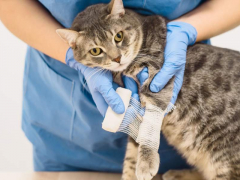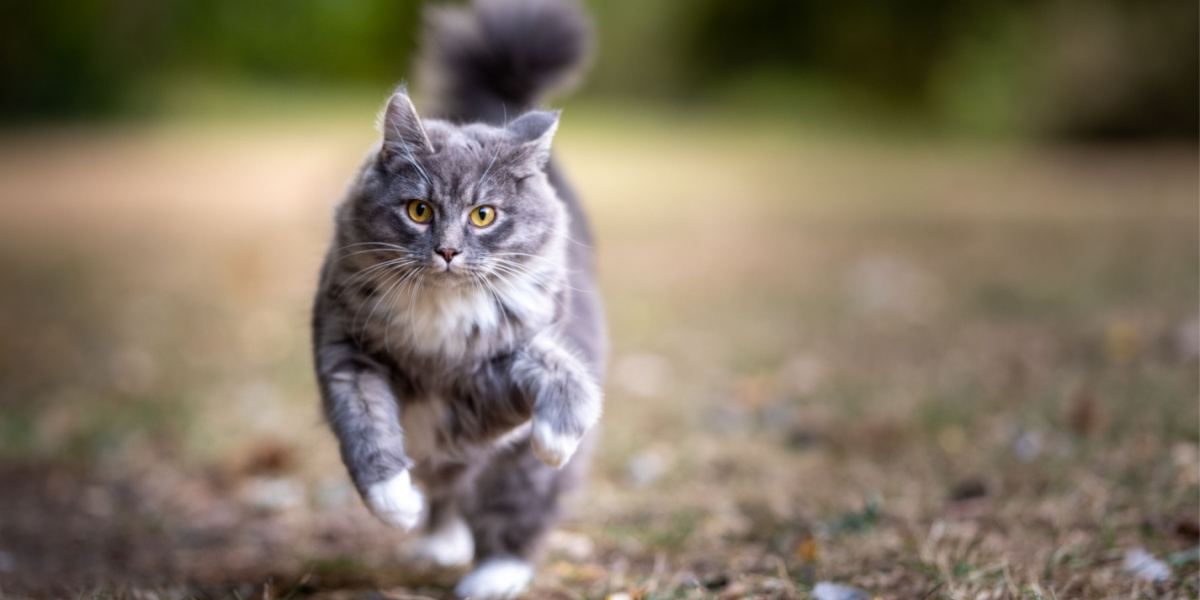
Living an indoor-only lifestyle is generally considered safer for your cat as it keeps them away from dangers such as predators, traffic, or even other people. However, many cats do roam outside, either as feral or stray cats, or as domesticated cats with outdoor access.
For many cats, access to the outdoors allows many natural behaviors to be displayed, which can improve mental well-being. Therefore, if you want or need to bring an outdoor cat inside, it can be daunting to know how your cat will cope with the change. Rest assured, with the right planning and consideration, the majority of cats can be trained to live an indoor-only lifestyle. Here’s what you need to know.
Why Might You Need To Bring an Outdoor Cat Inside?
You might consider bringing an outdoor cat inside for many reasons, including:
- Moving house
- Rehoming a stray or feral cat
- Health problems
- Avoiding infections (such as FeLV/FIV or rabies) or parasites (including fleas, worms, and ticks)
- Safety from poisoning (such as antifreeze), toxins, or predators such as coyotes
- Wildlife protection
How to Transition an Outdoor Cat To Indoor Life
Whatever the reason you might need to bring your outdoor kitty indoors, take some steps to make this transition as easy as possible for your cat.
1. Time and patience is key with ferals
Sometimes, when life changes abruptly, a slow transition might not be possible. However, wherever possible, it can help your cat to take things slowly.
In the case of a stray or feral cat, provide the cat with a form of shelter and blankets scented with your house in their outdoor space alongside food and water to help them become accustomed to scents of the home. Spending time with the cat, so they learn not to be scared of you can be hugely helpful before gradually enticing them indoors.
As a first step for cats that have been living an indoor/outdoor lifestyle, feed them exclusively indoors while keeping them inside for increasing lengths of time after eating.
2. Spay/Neuter
Mating behavior can be a significant driver for both male and female cats to explore the outside. An essential consideration for indoor-only cats is spaying or neutering. This can also reduce nuisance behaviors such as urine spraying in male cats and calling behavior in females, both of which can be enough to make any cat parent want to give up on the idea of an indoor-only cat.
3. Trapping Equipment for Feral and Community Cats
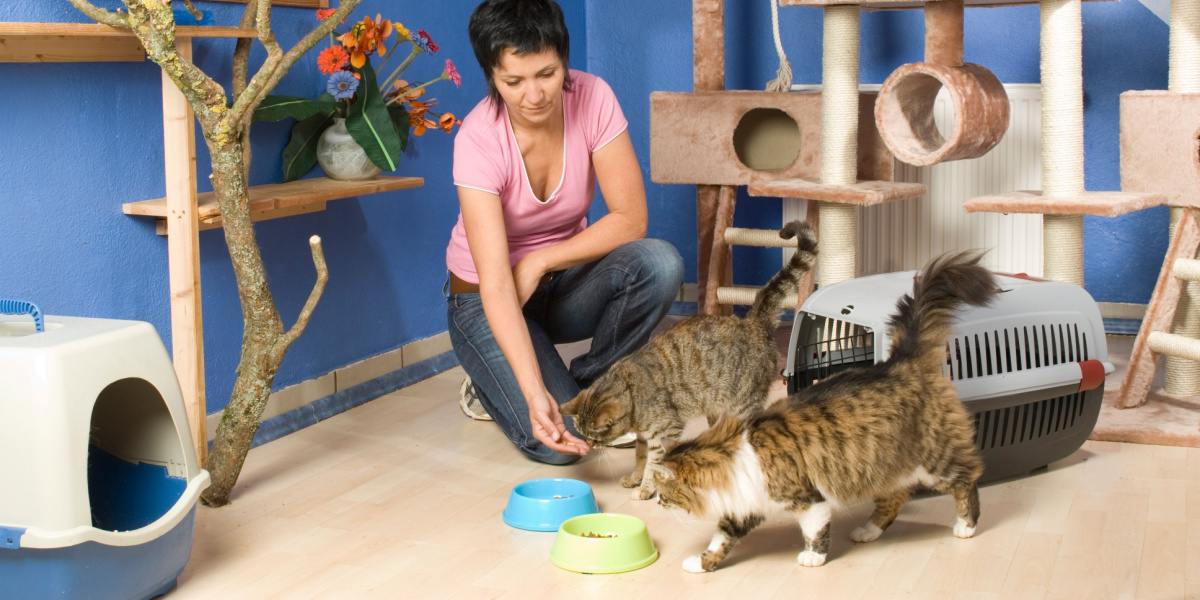
You can put all your cat’s things in one room while they are getting used to your home, but eventually spread them out, keeping the litter box away from eating and sleeping areas.
The term “resources” relates to the things your cat needs, not only for survival but to be happy. These include access to food, a water bowl, beds, and litter boxes, as well as mental and emotional stimulation. When bringing cats inside, it’s very helpful to have multiple resources available in different areas of the house.
This is because different cats have different personal preferences on where they like to eat, sleep, and poop. It’s important not to group resources together—cats prefer not to drink near where they eat, and no one likes to poop by where they sleep, right?
Having multiple resources is hugely important in a multi-cat household, as resource guarding can be a significant cause of stress for cats. As a general rule of thumb, provide one more of every resource than you have cats in the house as a minimum.
4. Ensure Appropriate Mental Stimulation
A huge issue faced by indoor-only cats is boredom or frustration. This can lead to nuisance behaviors and even health issues. Frustration stems from inadequate outlets displaying natural cat behaviors such as play, exercise, and hunting.
Keep the indoors a fun and engaging place to be by providing your cat with dedicated playtime and plenty of toys, along with cat grass, scratching posts, puzzle feeders, and even cat wheels.
5. Consider Outdoor Alternatives
While not possible in every case, giving your cat access to an outdoor enclosure like a catio or cat run, or even training your cat to walk on a harness and leash, are excellent ways to incorporate some outdoor time without the risks associated with free-roaming.
Also Read: 9 Best Cat Trackers – We Tested Them All
6. Be Patient
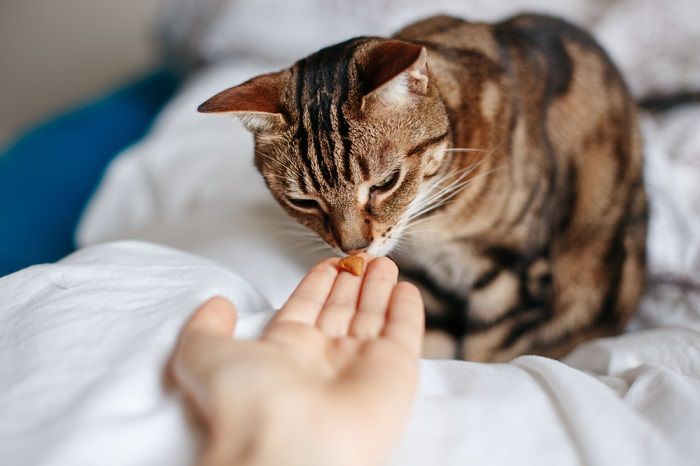
It can take some cats longer than others to adjust to living indoors.
For some cats, the transition to indoor life happens quickly and without incident, but it will take time in most cases. Some cats might even take months to adjust fully. Behavioral problems such as furniture scratching or inappropriate toileting can be very frustrating but can be corrected with patience and proactive measures.
Never scold or hit your cat if they are displaying unwanted behaviors. This will only make your cat scared of you and will not correct bad behavior. Instead, it might actually make things worse!
7. Use Pheromones
Pheromones are chemical signals produced by your cat’s body as a form of communication. Some of these chemical signals can work to create a feeling of ease, security, or relaxation in cats.
We now have synthetic versions of these pheromones that mimic natural ones, helping to promote a happy and safe environment for your cat in the home. Read more about pheromones here.
8. Be Proactive, Not Reactive
Regarding feline behavior, pre-empting a problem and putting measures in place to prevent it from developing in the first place can be much easier than fixing a problem once it has already developed.
Therefore, if you know you will have to bring your stary kitty inside for whatever reason, it is advisable to seek behavioral advice from your veterinarian or a licensed behavioral specialist to ensure this transition is as smooth as possible.
Feral Versus Domesticated Cat Considerations
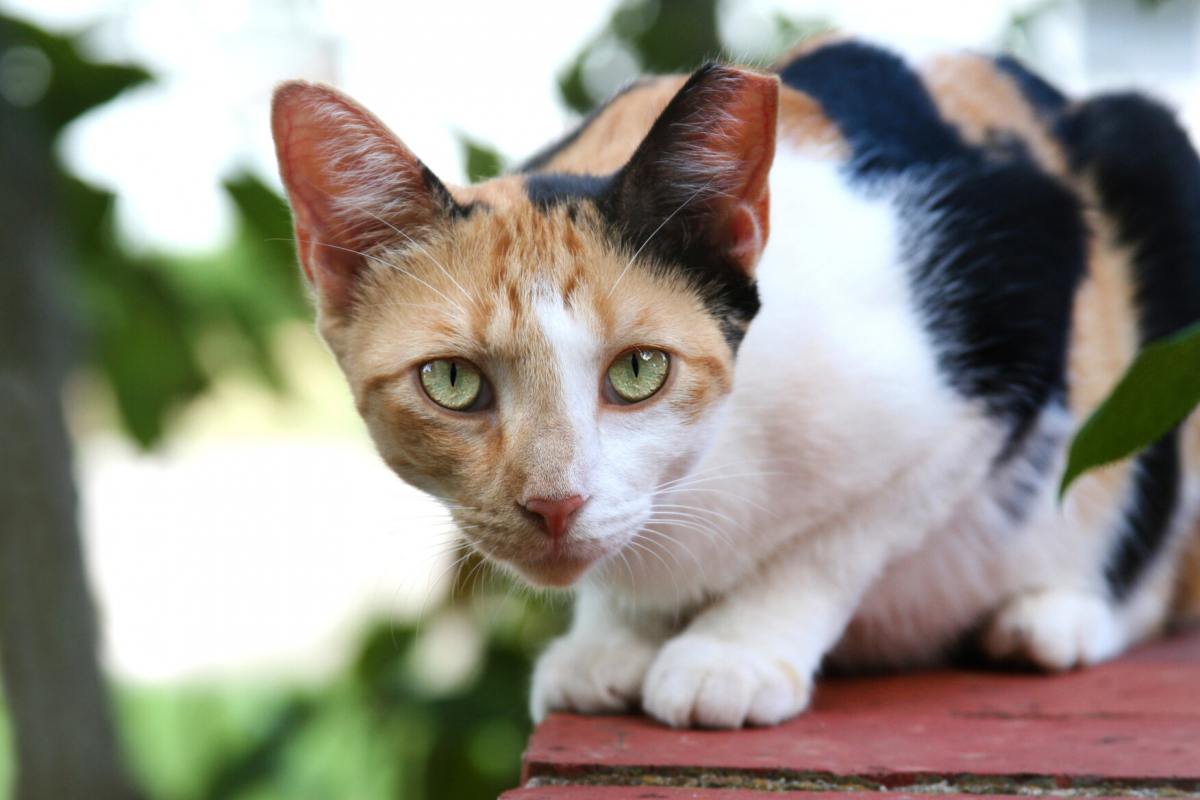
Depending on the individual cat, it’s possible to transition a feral cat to a comfy life indoors with humans.
You might think convincing a feral cat to live an indoor-only lifestyle will be more challenging than getting your already domesticated cat on board. However, this isn’t always the case. Although feral cats might need significantly longer to adapt to being in close proximity to humans, who they often naturally fear, many feral cats will happily adapt to a life of luxury inside.
How easily a cat adapts will depend more on their personality than their previous lifestyle, but be prepared to put in a bit more work to bring a feral cat around to the idea of human cuddles. It is essential to be guided by the cat in question and not force attention onto them.
Also Read: What Is The Best Food For Feeding Feral Cats?
What if My Cat Hates Living Indoors?
If your feel you have done absolutely everything by the book and still you are struggling with your cat either acting up or trying to escape the house constantly, it can be extremely disheartening.
Before assuming that your cat can’t live happily indoors, I would strongly advise speaking to your veterinarian and a licensed veterinary behaviorist. A fresh set of eyes on the problem can help to reach a solution.
A small subset of cats cannot successfully transition to an indoor-only lifestyle. Rest-assured, rehoming doesn’t ever need to be the first option until all possible behavioral avenues have been explored.
Final Thoughts
There are many reasons you might want your cat to live indoors. With appropriate and careful measures in place, most cats can make this transition without concerns, although for some, it might take longer than others.
If you are finding it tricky to get your cat accustomed to an indoor lifestyle, then consider speaking to your veterinarian for advice. If needed, they can refer you to a licensed veterinary behaviorist to help everything run smoothly so your kitty can be content snoozing in comfort on the sofa.
